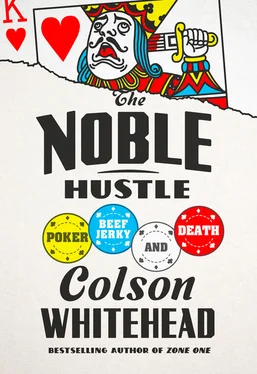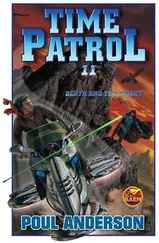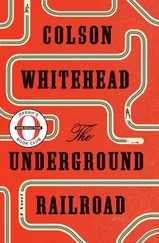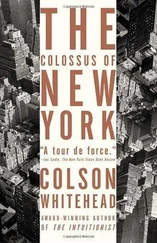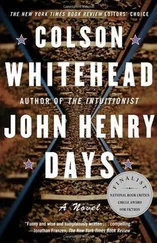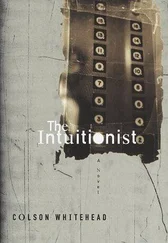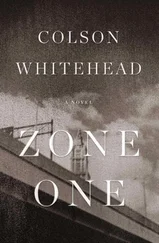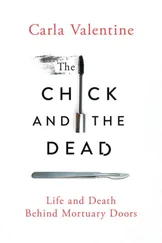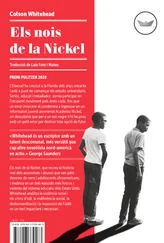We chowed down. He dispensed betting tips, urged me to widen my range of starting hands, and swatted down my flurry of ignorant questions without a hint of exasperation. Like when I asked about his tribe, the Math Players.
“What’s a Math Player? Just like knowing the odds and—”
“No.”
“Okay.”
“So when I say a Math Player, I mean …” The Math Players took their cues from game theory, in search of the Platonic way to play each hand. They availed themselves of the road gambler’s arsenal of exploitation — bluffing, decoding tells, exploiting weak players’ mistakes — when it was easy, but their holy grail was optimum play.
Exploitive play asked, How can I take advantage of this situation? The optimum play of Math Players inquires, What is the correct play for this situation? Super-aggressive chest-thumping before the flop, like sociopathic raising and re-raising when all you have is 9–3 offsuit, will fatten your stack as long as you can scare people off. But eventually exploitative players will have to duel through the Flop, the Turn, and the River, and they’ll need a deeper tool kit. The Math Players insist that over time, sticking to a solid core strategy will maximize profits.
“It’s not just about calculating your chances of winning,” Matt told Card Player , “it’s about calculating the correct play based on what my opponent’s range of hands is, what he will do with those range of hands, how can I maximize the amount of chips I will make based on how he’s gonna play. And it’s very complicated.” Reason trumps intuition, that staple of Hollywood poker.
It was working out so far. Matt’s poker evolution tracked with many players his age, capturing Hold’em’s trajectory from niche variation to its current Rio-size madness. Preflop: He started playing at fifteen with his friends out on Long Island. He wanted to rebel, but driving doughnuts on the mean bio teacher’s lawn wasn’t his style. “An all-night poker game,” he wrote in his book, “seemed just illicit and interesting enough to be acceptable.” He played in his first casino at eighteen, courtesy of a family trip to Arizona, pocketing $500 from the slots. The gateway slots, I tells ya, they change a person.
The Flop: Three years later, Rounders was a vista of the exotic world of Hold’em. Underground card dens, Russian mobsters, and a hero who abandons the straight life to play in the World Series of Poker. That could be you up there. Matt’s dad gave him and his friends a three-page pamphlet of basic Hold’em strategy. Like many card-crazy kids his age, Matt dove into live tournaments, enrolled in night classes via the new technology. Computer programs such as the World Series of Poker Deluxe Casino Pack simulated a complete Vegas jaunt, from wheels down at McCarran International Airport to a virtual Binion’s. The game even included a Gambler’s Book Shop, where scholars could peruse digital excerpts from Brunson’s Super System . Then came the poker classics on old-fashioned paper, like Sklansky’s Theory of Poker . Matt got more out of it than I did.
The Turn: Matt swapped strategy on Precambrian online forums like rec.gambling.poker and, later, Twoplustwo.com, where Sklansky held court. PartyPoker.com and PokerStars.com were the hunting grounds for rubes. Televised poker, such as World Poker Tour , captured the Real Deal for pause and rewind.
And, finally, the River: He finished writing The Making of a Poker Player just before he leveraged a satellite to the Final Table of the WPT 2004 Championship, and took home $700,000. All postscripts should come so easily.
The Making of appeared in 2005, squeezed into crowded Games & Amusements sections in bookstores. The gold rush was on, and proliferating how-tos were picks and shovels, crucial gear. Cardoza Publishing, the home of Super System , had enjoyed a 1,000 percent increase in sales the two years prior. Two Plus Two went from selling 45,000 books a year to half a million. (Dropping a lot of numbers these last few pages, but poker’s a numbers game. How much, how many, baby.) Matt adjusted to the post-Moneymaker ecology of the game, and tech continued to provide an angle. He coached players over the phone, instant message, and e-mail, whatever your fancy. Narrated online training videos — wherein the Matt Himself mixed it up in computer tourneys while deconstructing his strategy in different hands. All downloadable to your handy mobile device, if you want.
Our digital existence, in fact, had made our meal possible. I’d sent up a flare to alert people on Twitter re: my Vegas plans. Matt responded: “If you want poker help … I can translate poker language into lit-speak.” Social media wasn’t usually my thing, as it had the word “social” in it, but I’d taken to the platform after a personal tragedy. I had a cat, the cat died, and now what I used to say to my cat all day, I tweeted. It helped that 140 characters was roughly my preferred limit when it came to human interaction.
There was rarely a misfit shortage at a poker table, given the more or less stable misfit percentages at any gathering of Americans, so I was not surprised that Twitter was big among their clan. I followed Coach’s list of poker notables, poker scholars, and sundry jackanapes. A disturbing field excursion into player anthropology for someone of my delicate sensibilities. Apart from the standard “here’s what I’m eating” updates, your poker feed kept your crew back home apprised of how you were faring, night and day, whether it’s a strafing run at the casino just over the county line or the Aussie Millions in Melbourne. “You are there!” Stack size, notes on the talent in the room, table temperament. They dispatched little digital carrier pigeons at the table after a tournament, on breaks, and even hand by hand.
Here’s a typical volley from Matros crony Robert Hwang, or Action Bob. It’s Day 2 at the spring WSOP gathering in Atlantic City:
Caesar’s main event. 120K playing 1200–2400 .
135 players left. 174K for first .
After the first day, he’s up to $120,000 in chips. The blinds at this level are $1,200 for Small, $2,400 for Big. The field has been culled to 135, and the winner will make $174,000. Time stamp: 4:38 p.m. He’s been playing for a few hours. Then comes this at 6:10 p.m.:
Lost 110K pot QQ< .
Hey, now! The blinds are up. A pair of Kings has Paul Bunyoned his stack. At home, or on the bus home from work, Action Bob’s fans, enemies, and spam followers wait to see how it turns out. Rubbing lips to a rosary, sacrificing goats to Beelzebub. The Poker Gods, wherever they may be. Eighteen minutes later:
Busto. AQ<<77 for my last 20 blinds .
Cue the music from The Untouchables , when Sean Connery is bleeding out and Robert De Niro as Capone chuckles as he gets word in his opera box. “Ri-i-i-di, Paglia-a-a-a-ccio!” Action Bob razed by a pair of 7s, losing twenty times the Big Blind of $3,000, or $60,000. Which he just mentioned was the size of his stack.
A nice three-act play. His followers look up at the sky and shake a smartphone at the indifferent heavens, or indifferent hell, if they are more Beelzebub-oriented.
All June, up at 3:00 a.m. and paddling the insomniac’s dinghy, I scrolled through Coach’s Twitter list of poker players. Three a.m. EST was prime-time Vegas action. An early encounter: a tweet with a picture of a registration card for a $25,000 Heads-Up Event, and the words: All reg’d. Time to eat some souls . So I had soul-eating to look forward to on top of everything else. The fact that my soul was very “eat it now and you’ll be hungry again in a hour” was no comfort.
Читать дальше
